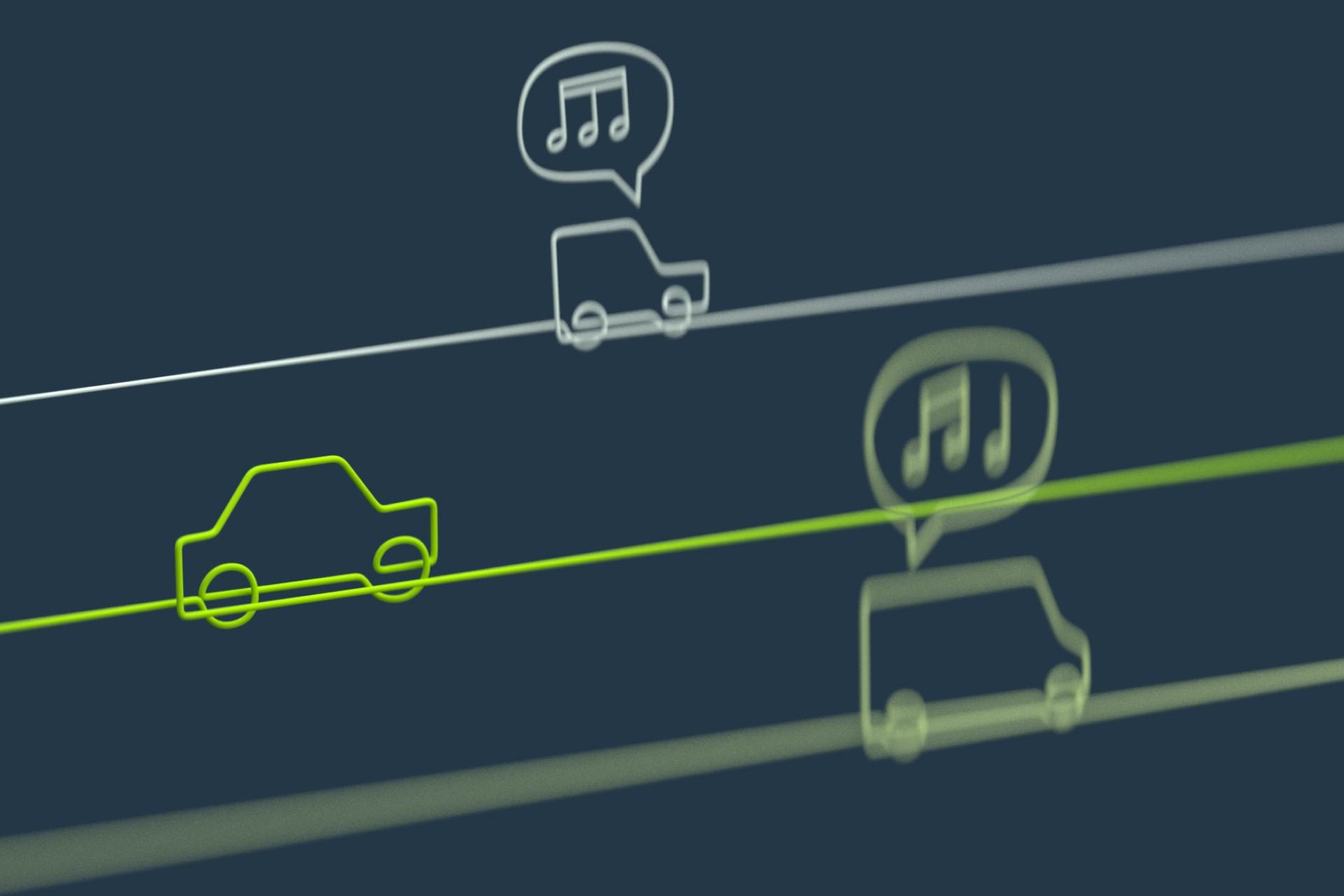15 minutes of gratitude can lead to a happier, healthier life
November 24, 2021
The attitude of gratitude. Let’s talk about it.
We’ve all heard that having gratitude can make us feel better in a million ways. But are we just supposed to think “I’m grateful!” and then—shazam—peaceful mood? If only.
One practical way to bring the benefits of gratitude into your life is to create a gratitude journal. Essentially, it’s the simple practice of writing down, and possibly reflecting on, all that in which you have to be grateful.
We’ll show you some of the science behind gratitude and why a daily gratitude list can lead to a healthier, happier life.
How to keep a gratitude journal
There are many ways to do this; you’re going to need something to write with to get started. It could be the notes app on your smartphone. It could be pen and paper—our personal favorite. And the best part is, this will take only
15 minutes of your day (or less).Start by writing down up to five things for which you feel grateful. It doesn’t have to be five. If you feel better starting off with one small thing you’re thankful for, go for it. There’s no wrong way of doing this; if you have a huge list, awesome.
The key here is to physically write it down instead of doing the exercise solely in your head. Physically writing down your gratitude list is more purposeful and gives you a tangible journal of your gratitude growth. So remember an event, experience, person, or thing in your life, write it down and enjoy the good emotions that come with it.
As you start writing your gratitude list, here are some tips to keep in mind while you write:
Be specific. Instead of writing “I’m grateful for my friends”, try being more specific about
why you’re grateful for that someone or something and say, “I’m grateful for my friends because they have been through the ups and downs of my life.”Get personal. Describe and write about more personal things in your life that go beyond the every day gratitude list.
Savor surprises. Take note and appreciate surprises that happened during the day. Did something unexpected happen? Taking the time to recognize and appreciate those surprises can build gratitude in unexpected ways.
Revise repetitions. As you write a gratitude journal, it can be easy to fall into the mundane cycle of writing the same thing over and over again. One mindful practice you can implement is reviewing your gratitude list from the last few days to see what may have been repeated and changing things up to avoid repetitions.
Write regularly. Practice makes perfect, as the saying goes. As you write in your gratitude journal regularly, you’ll develop a habit. That habit can lead to benefits that can enrich your life and the lives of those around you.
The benefits of practicing gratitude
Here are some writing tips and gratitude list examples to keep in mind while you write:
Strengthens relationships.When the brain experiences gratitude, the areas of the brain associated with stress relief, social bonding and the ability to understand what other people are thinking or feeling are activated.
Boosts immunity. Gratitude can help your overall well-being. How? When we’re stressed, cortisol hormonesare released into the body, lowering our ability to fight inflammation. The practice of gratitude can lower stress and improve mental health, helping your body fight off illness.
Protects hearts. Practicing gratitude isn’t singular to mental benefits. It also has the ability to improve other aspects of your physical health. For example, in one study, gratitude has been suggested to reduce risks associated with heart failure.
Improves mood. With daily gratitude, you’re fostering positive feelings and creating a better sense of well-being. Practicing gratitude on a regular basis can also help ease the symptoms of anxiety and depression—here’s the study.
“When thinking shifts from negative to positive, there is a surging of feel-good chemicals such as dopamine, serotonin and oxytocin. These all contribute to the feelings of closeness, connection and happiness that come with gratitude.” – Karen Young, author and psychologist.
Consistency is the key to feeling more grateful
Like your favorite fitness program, staying consistent with your gratitude journal is key. As you make gratitude a daily practice, you’ll notice that it tends to build upon itself. You wouldn’t just take a break from your workout routine, would you?
And listen, we get it—life gets busy, and we forget. So whether you’re looking for a quick mood boost or have five minutes left in your day, some gratitude journaling is better than none at all.
Karen Youngexplains that when you practice gratitude consistently, the more the brain learns to tune into the positive things happening in your world. And with all those feel-goods coming from your daily practice of gratitude, it won’t go unnoticed. “The more gratitude we feel, the more we’ll act in a prosocial way towards others, which will encourage their feelings of gratitude which will make them more prosocial.”
Take some time to start your gratitude list and recognize all the things that make life better. We'll start -- we're grateful for you, our HiRoaders, for taking the high road.
The information in this article was obtained from various sources not associated with HiRoad®. While we believe it to be reliable and accurate, we do not warrant the accuracy or reliability of the information. HiRoad is not responsible for, and does not endorse or approve, either implicitly or explicitly, the content of any third party sites that might be hyperlinked from this page. The information is not intended to replace manuals, instructions or information provided by a manufacturer or the advice of a qualified professional, or to affect coverage under any applicable insurance policy. These suggestions are not a complete list of every loss control measure. HiRoad makes no guarantees of results from use of this information.
Stay on the path
Get HiRoad in your inbox
Share your email to get the latest about our community of mindful drivers.



